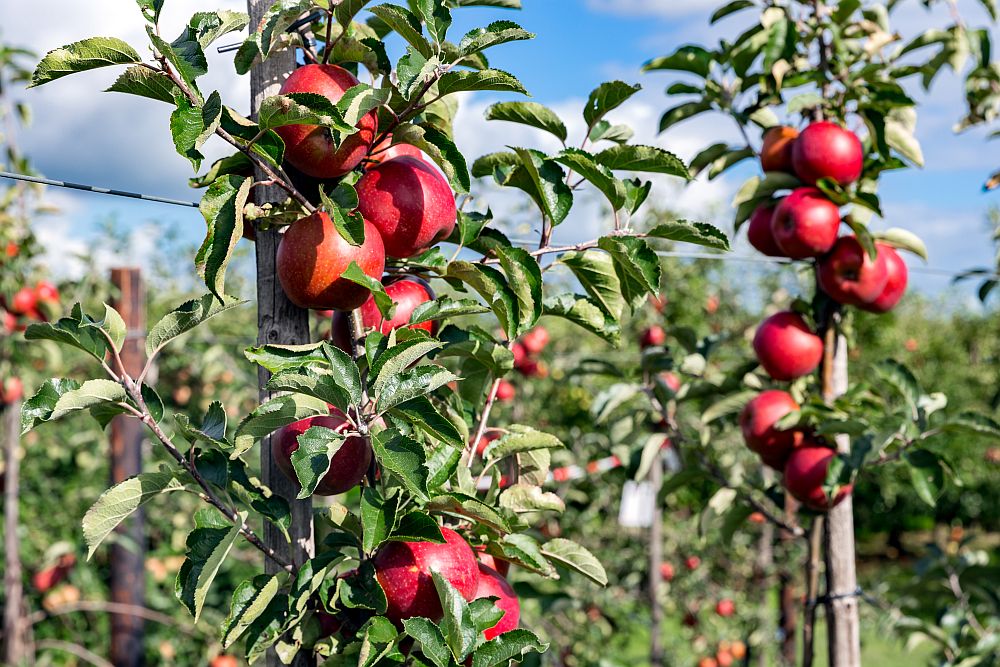
[Image above] Credit: ExtensivelyReviewed; Flickr CC BY 2.0
In the name of science, a testing laboratory did the unthinkable—its scientists smashed a brand new Apple iPhone 6 with a 55-kg hammer, dropped in into an industrial blender, and ground it to a fine powder in a ring and puck pulverizer.
Then, scientists analyzed the elemental composition of that pile of powder, determining precisely what raw materials were inside.
The process, detailed by author Brian Merchant in an article on Vice’s Motherboard, was part of the author’s investigation into what materials make up the iPhone and his efforts to trace the supply chain for those materials.
According to the lab analysis, the elemental recipe for a 129-g iPhone includes about 24.1% aluminum, 15.4% carbon, 14.4% iron, and 14.5% oxygen by weight. And altogether, that pile of smartphone powder—ground from a $700 device—has a raw elemental value of about $1.03.
Check out this infographic from Statista for additional elemental details on the iPhone’s composition. (And head over to Statista to delve into other Apple iPhone statistics and facts.)
The scale isn’t just tipped in terms of the value of the raw materials versus the product value—the amount of raw materials that must be removed from the earth, refined, processed, isolated, and made available is also vastly disproportionate to the amount of each element that actually makes its way inside the finished device.
According to the Motherboard article, calculations from the compositional makeup of the smartphone indicate that producing one iPhone, again just 129 g, requires 75 pounds of mined ore, 100 liters of water, and 20.5 grams of cyanide (required to extract precious metal from the mined ore).
And, the article states, “92% of the rock mined yields metals that make up just 5% of the device’s weight. It takes a lot of mining—and refining—to get small amounts of the iPhone’s rarer trace elements, in other words.”
Extrapolate those calculations across the amount of iPhones that have been sold around the world and you get some staggering figures—about 37 million tons of rock mined from the earth so far, according 2016 sales figures. That’s just for the Apple iPhone, not all smartphones and other electronic devices that use similar raw materials.
And those tons of rocked aren’t mined by fancy machines whirling away efficiently inside the earth—they’re backbreakingly mined by human beings who put themselves in dangerous conditions deep within mines to move those valuable bits of rock out to the surface. Miners risk their lives—and often lose their lives—just to make a living wage.
“Miners working with primitive tools in deadly environments produce the feedstock for our devices. Many of the iPhone’s base elements are dug out in conditions that most iPhone users wouldn’t tolerate for even a few minutes,” Merchant writes in the Motherboard article. As part of his reporting, Merchant traveled to Bolivia, where we gathered first-hand experience of the mining conditions by going into the Cerro Rico mine.
It’s not just Apple that gets its materials this way, of course—the whole electronics industry uses similar practices of third-party suppliers to source raw materials, often making it difficult to draw a straight line from a consumer product back to its original mine source. And all along the way, accountability is lost.
Merchant continues, “The iPhone deserves the credit it gets for revolutionizing mobile computing; for how it changed countless lives. Locked inside every one, alongside the fruits of unparalleled design and technological innovation, are trace amounts of human suffering. It’s an uncomfortable truth, maybe, but for now, it’s a part of what makes the one device possible.”
I highly recommend you head over to Motherboard to read the whole article.
Author
April Gocha
CTT Categories
- Electronics
- Environment
- Market Insights
- Material Innovations
Related Posts
More than just tiles: Kaolin’s surprising role in food production
September 23, 2025
‘Fairy circles’ may help mark natural underground hydrogen deposits
September 18, 2025


